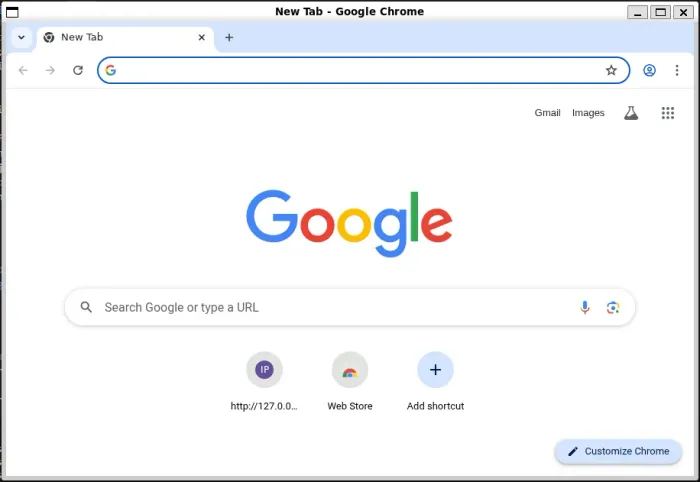Windows Subsystem For Linux (WSL)
Command-Line
You can jump into the WSL by typing wsl inside a Windows terminal:
wslIt will jump into the WSL and set the current working directory to the same directory as in Windows, e.g. if you were in C:\Users\username\ in Windows, when you type wsl it will land you at /mnt/c/Users/username/.
VS Code has an extension for WSL. It allows you write/run code inside WSL whilst editing in VS Code running in Windows (i.e. the same way VS Code supports remote development).
From inside WSL, if you type the command code ., it will open at VS Code in Windows and setup a remote development session into WSL at the current working directory.
wsl --shutdownMust be run from terminal with Administrator privileges:
wsl --upgradeYou can set the default distribution with:
wsl --set-default <distro-name>The default distribution is the one which will load if you just type wsl at the command-line in Windows.
Upgrading From WSL 1 To WSL 2
If you first enabled/installed WSL a long time ago, you might be running WSL 1. WSL 2 is a big upgrade over WSL 1 — WSL 1 used a “wrapper” to convert Linux system calls into Windows calls, whilst WSL 2 features a full Linux virtual machine (similar to VirtualBox).
Passing Through USB Devices
WSL 1 and 2 do not natively support USB pass-through like VirtualBox does. However, there is a popular 3rd party tool called usbipd-win which can do the job. There was a update to WSL 2 to allow usbipd-win to work without too much hassle.
Windows software for sharing locally connected USB devices to other machines, including Hyper-V guests and WSL 2. — usbipd-win.
Installing Chrome on WSL
You can install Chrome on WSL by running the following command:
cd ~/tmpwget https://dl.google.com/linux/direct/google-chrome-stable_current_amd64.debsudo apt -y install ./google-chrome-stable_current_amd64.debYou can then run Chrome by typing google-chrome in the terminal.


